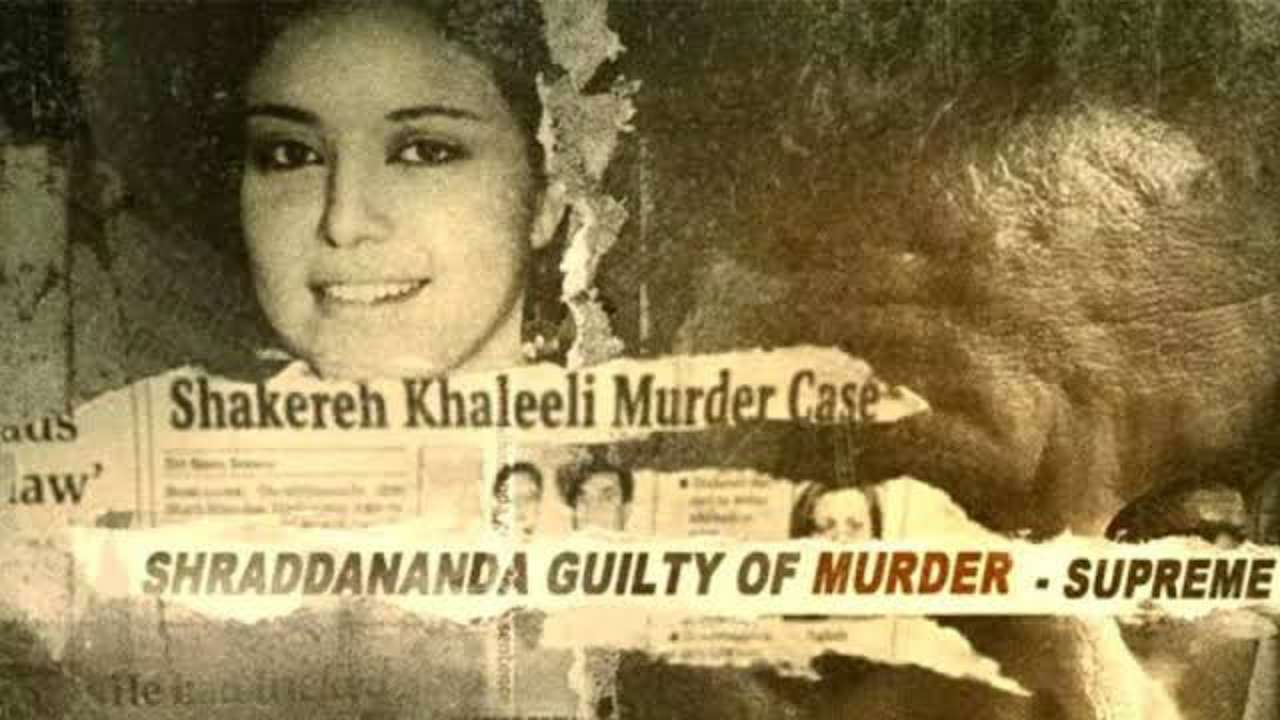My first thought after sitting riveted through the four episodes of this true-crime series: could this be true, can any man be so cruel to any human being, let alone his wife, a wife who left everything , wealth, fame, family children to be a wife to a low-life self-designated mind-twisted Swami.
As one of the victim Shakereh Khaleeli’s close friends says towards the end, how could she?
More crucially, how could he? To so brutally murder a woman requires a level of heartlessness that normal people wouldn’t understand.
Patrick Graham’s Dancing On The Grave is much more than an engrossing true-crime series.It is a cautionary tale , one so balanced and non-judgemental that even the honorable judge who makes an appearance at the end, is given a chance to explain why this crime fell into the ‘rarest of rare’ category.
Rarest of rare is what this docu-series is. Without taking sides it tells us why it is important to value what we have and to not lose it for what we think is a better life.Respect your light ignore the darkness. Some would disagree with this thought. But when a woman is as rich and beautiful as Shakereh Khaleeli she is bound to have gold diggers around.
It is not surprising that Swami Shraddhanand insinuated himself into her life. What is surprising is that she actually fell for it , and paid a horrific price.
Nowhere does the director sensationalize the crime or milk it for cheap thrills. The presentation is remarkably equanimous.Freed of unnecessary trappings of sensationalism, the series comes across as grim but never over-burdened with selfimportance. Director Patrick Graham has spoken to a cross-section of the victim’s family friends and lawyers. Even when they come across as judgemental(“what did she see in the man?”) the narrative refrains from taking sides.
The most chilling section of the series is the on-camera conversation with the alleged murderer. His attitude and words convey no sense of guilt. It is as though the selfstyled swami has convinced himself of his innocence, that he was being punished for daring to cross the line of social inequality.
The portrait of a woman who had it all, and chose to throw it all away will linger in memory for a very long time. This is not to be missed.


